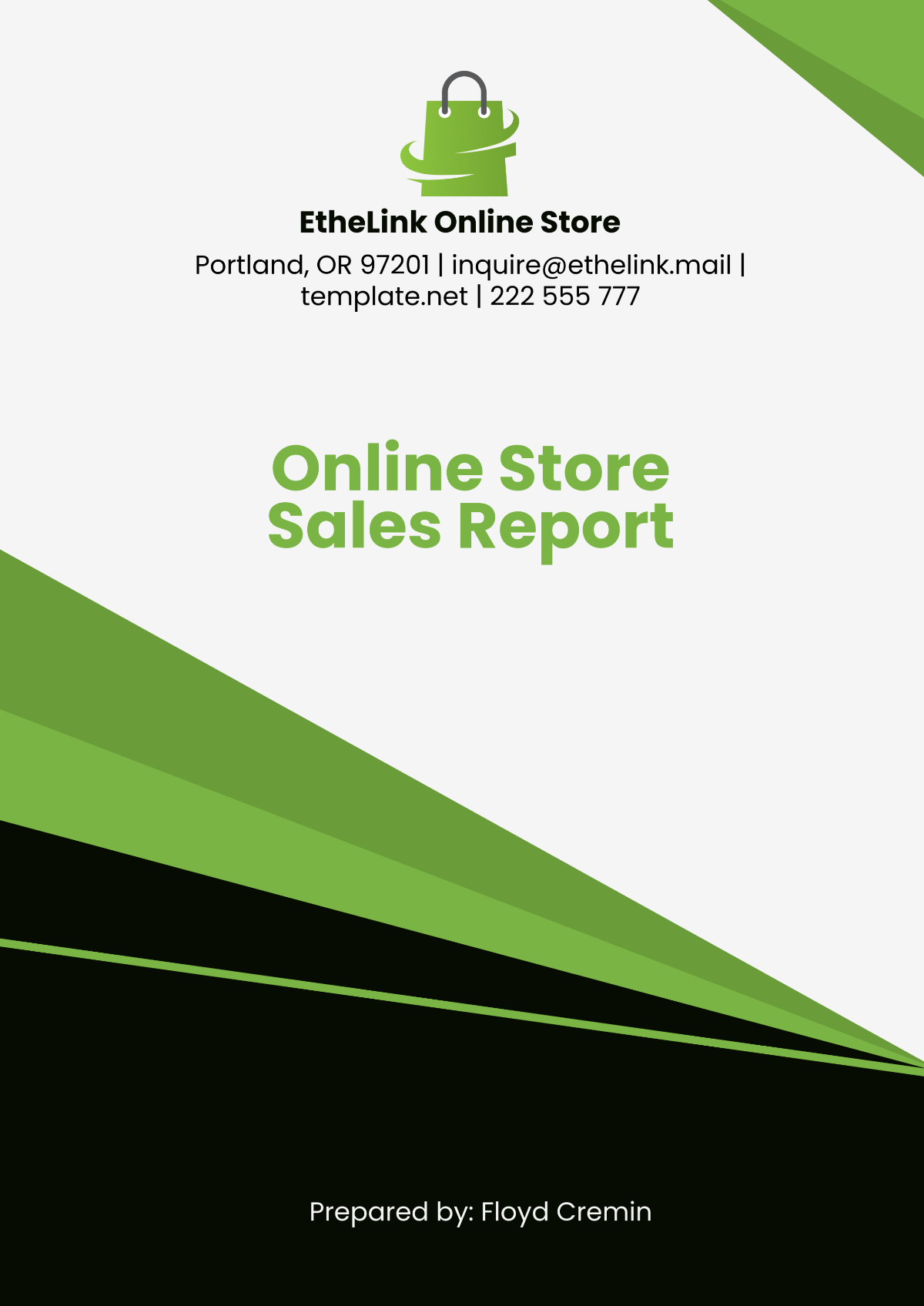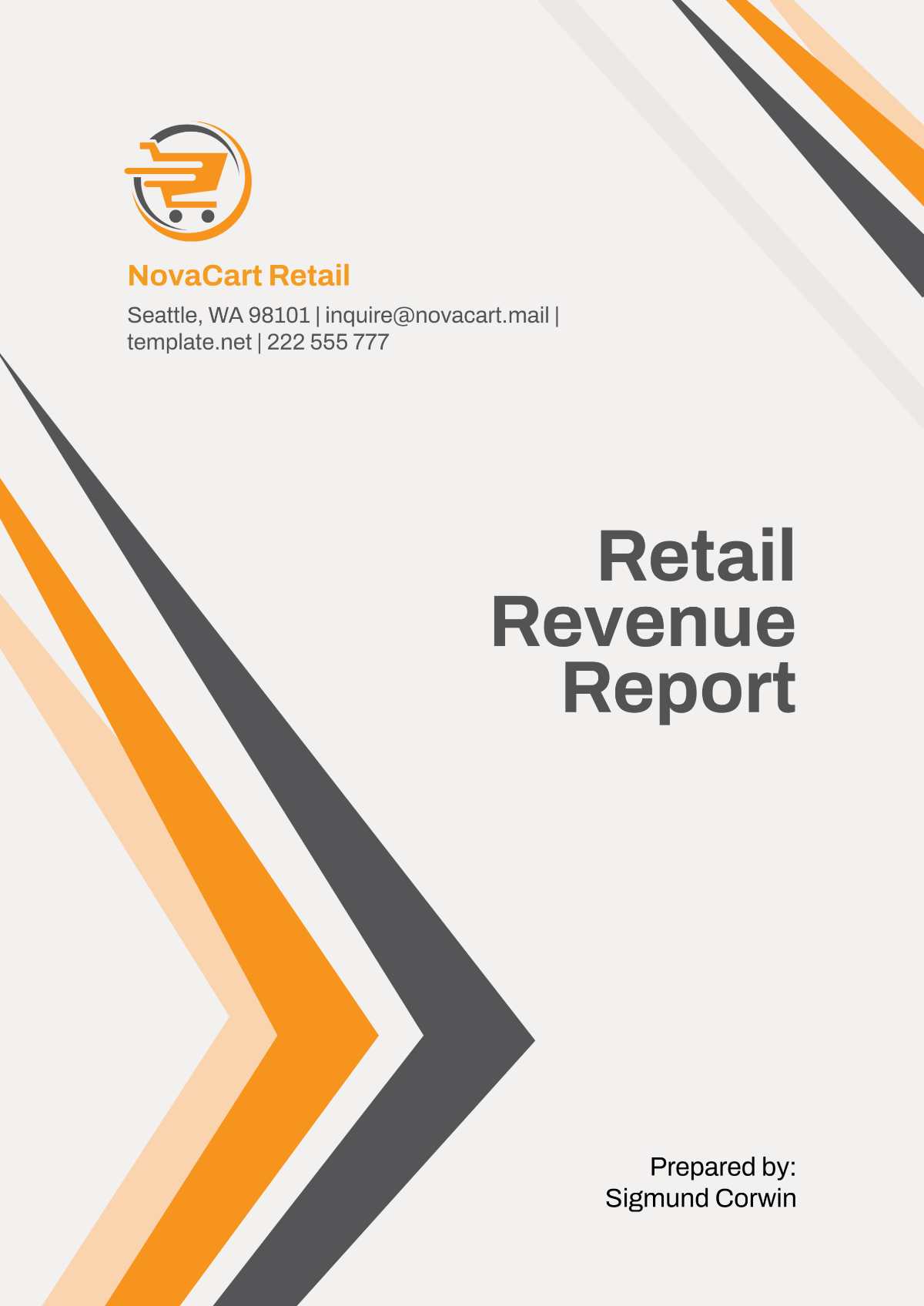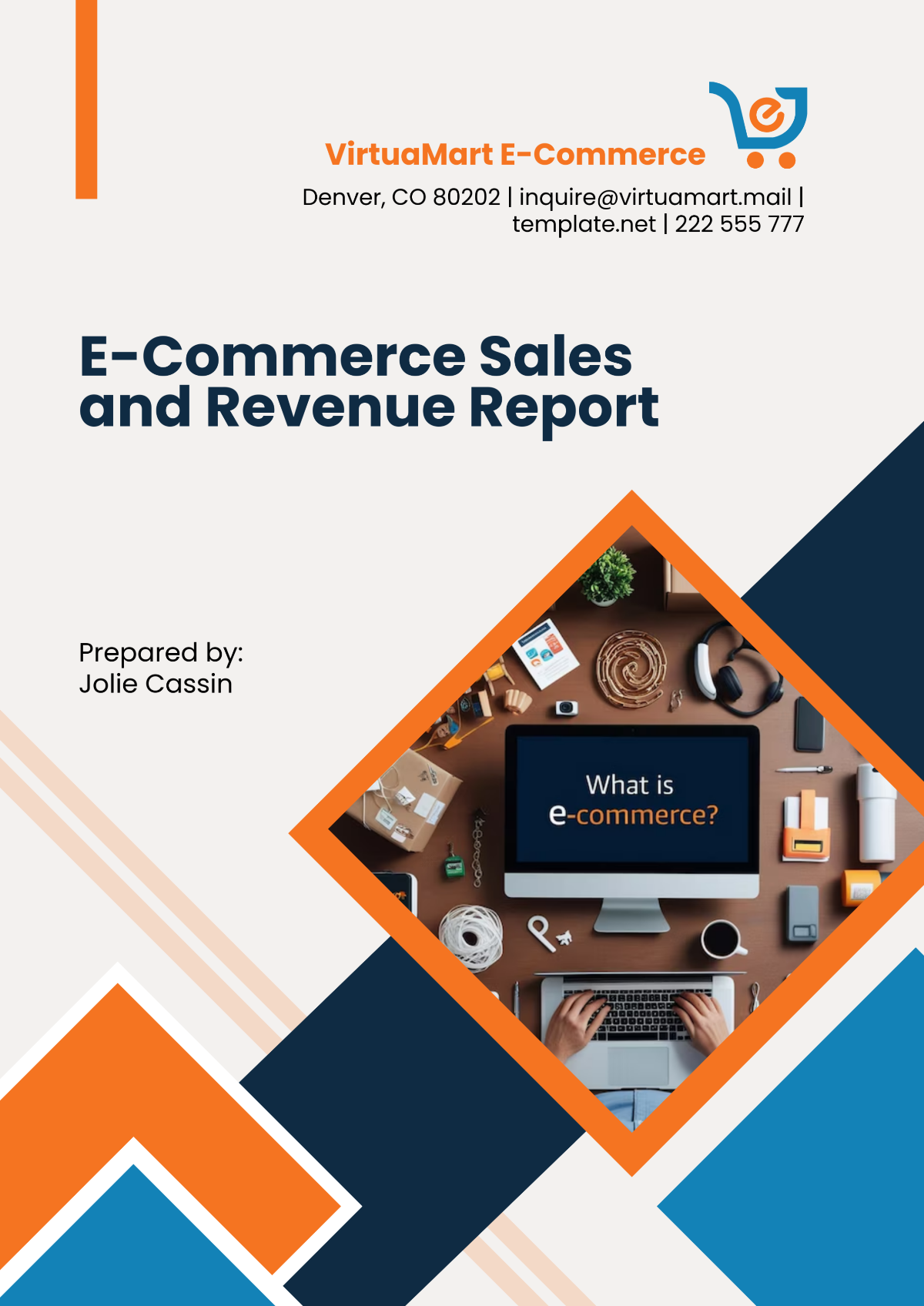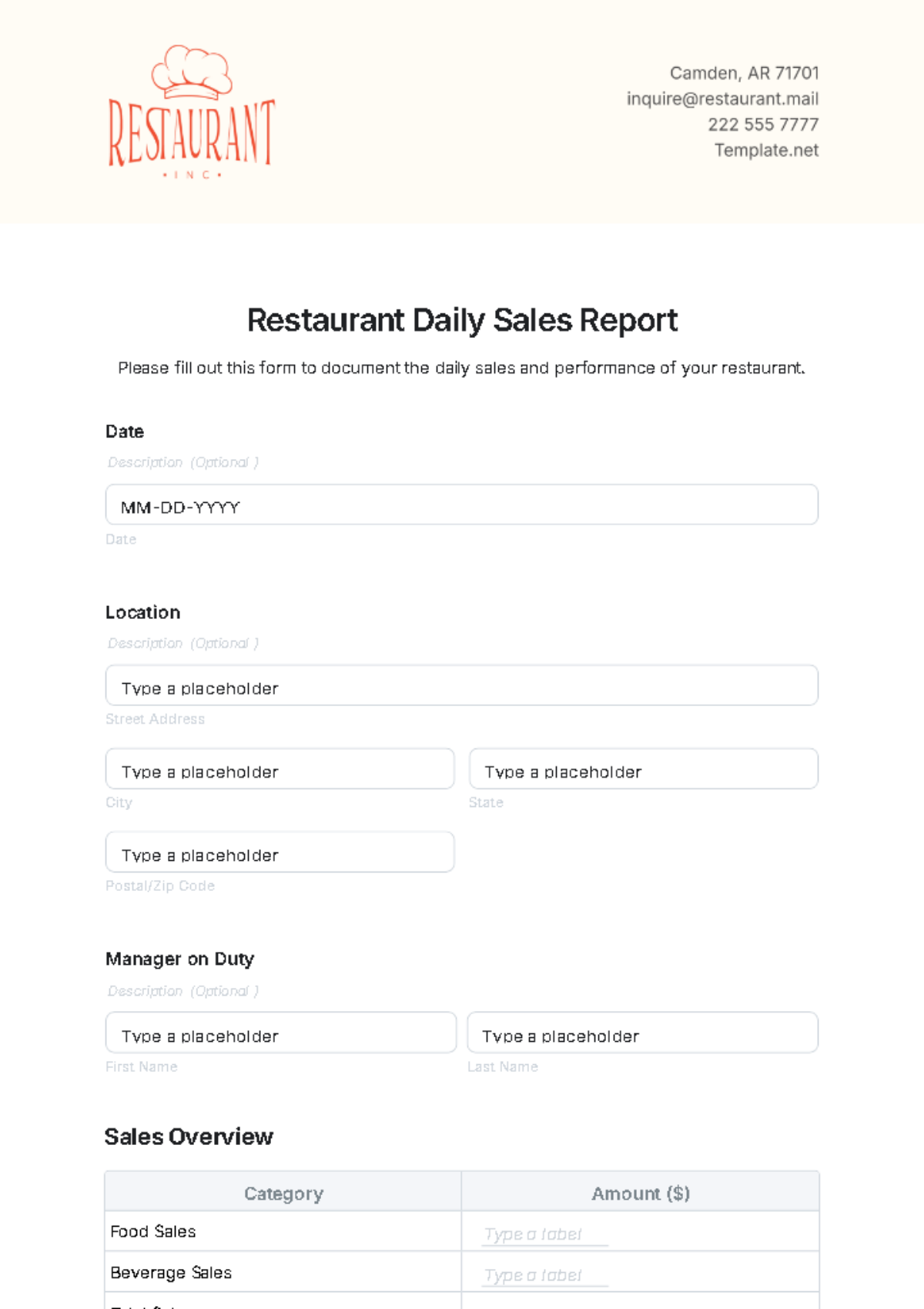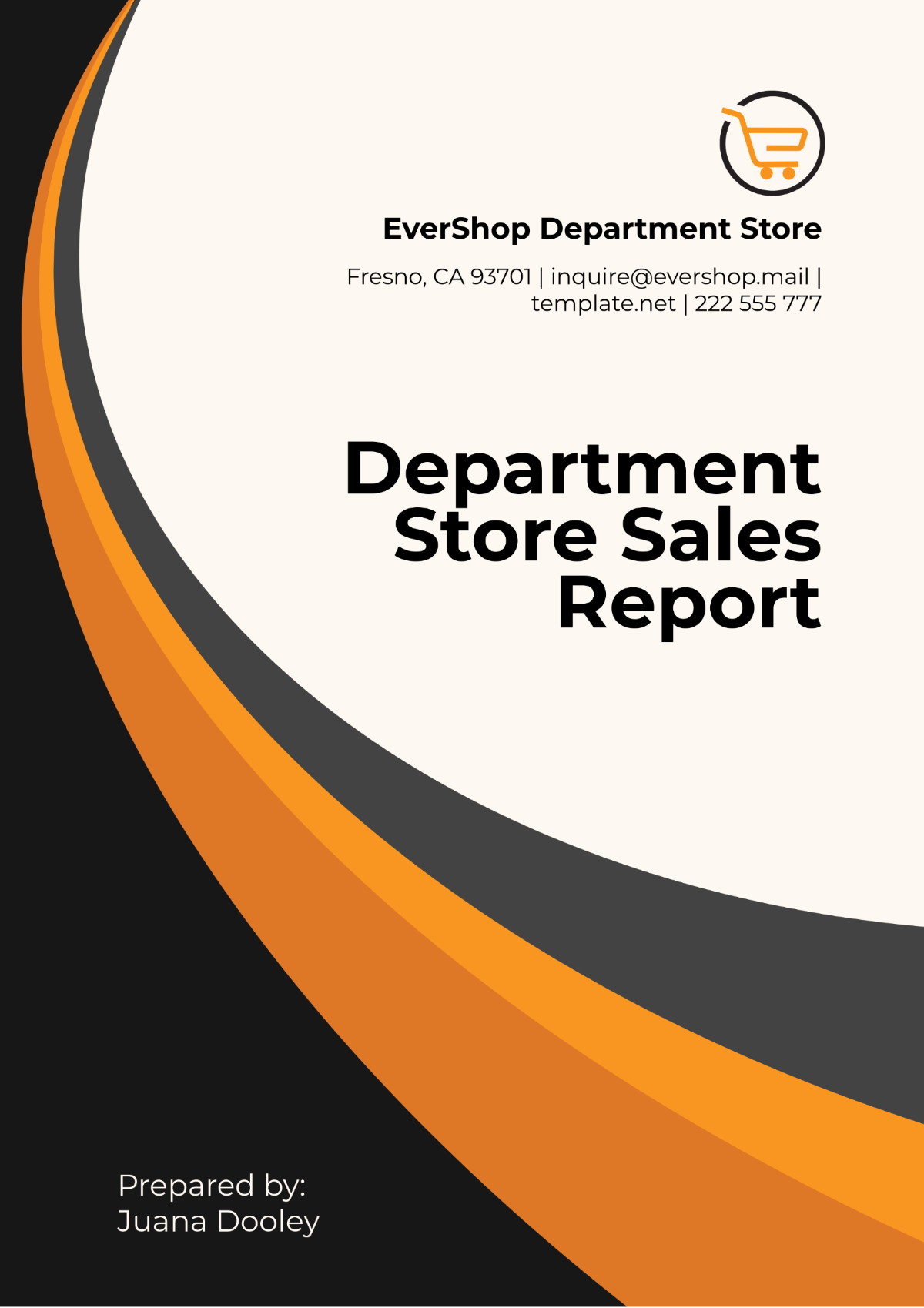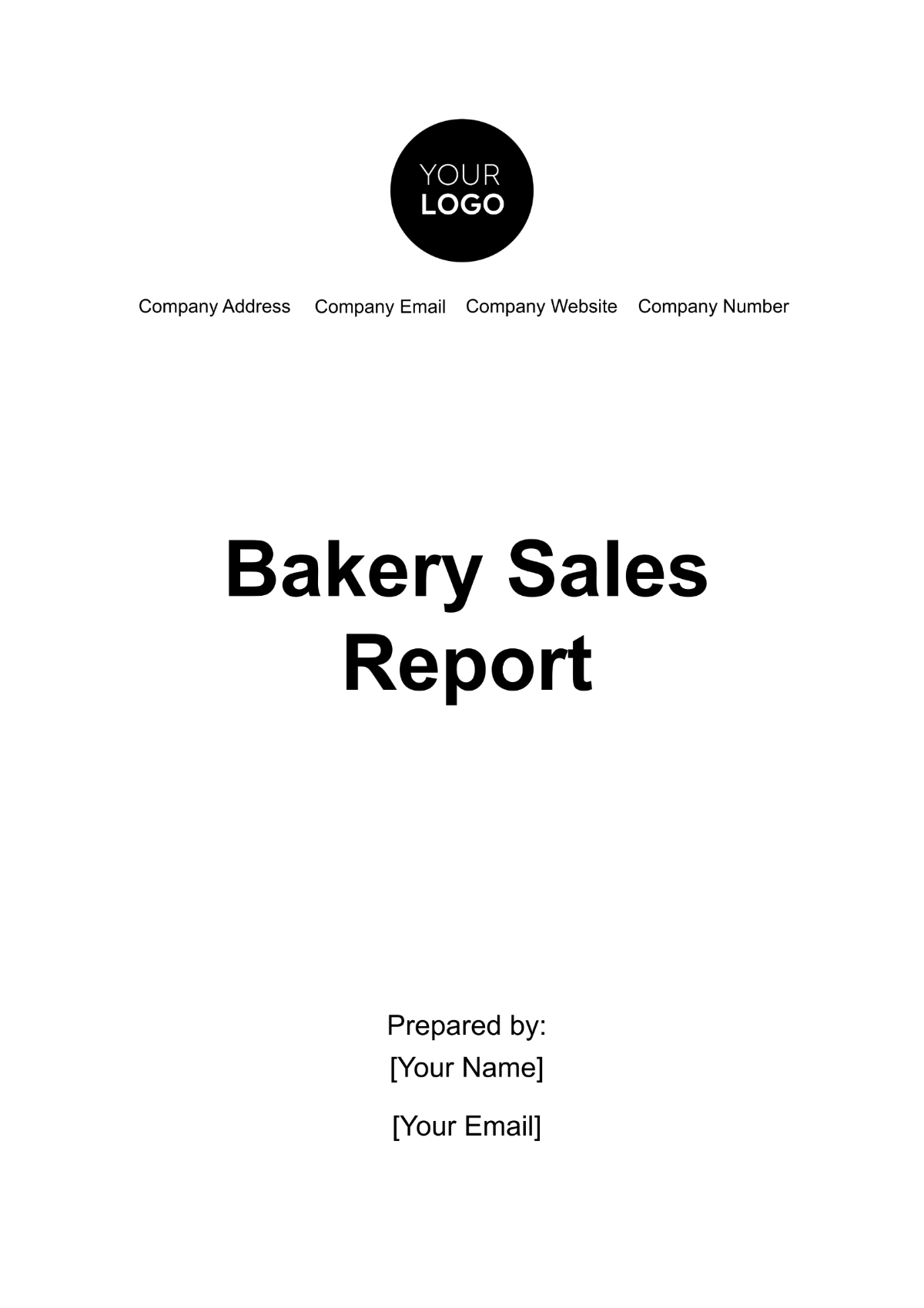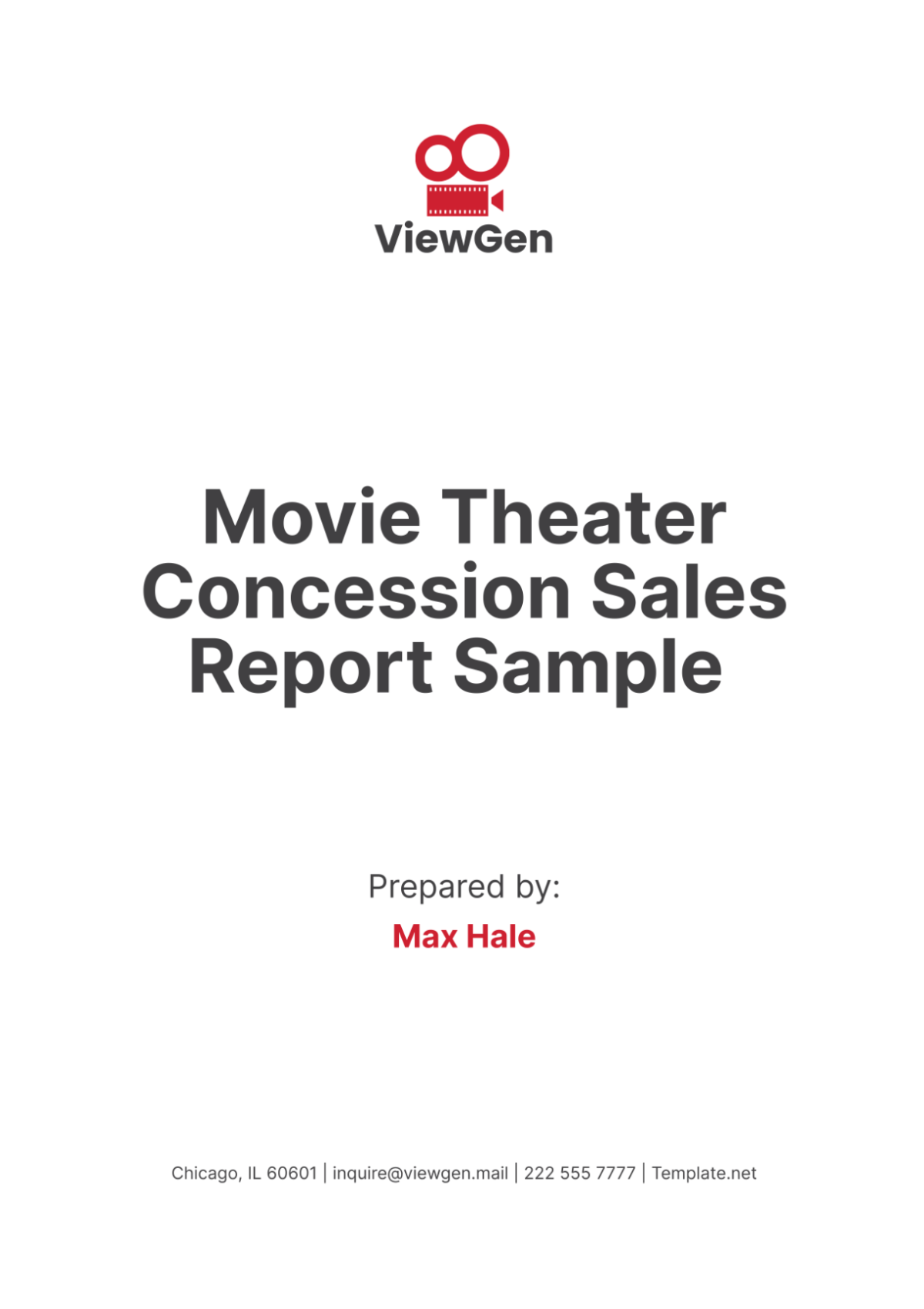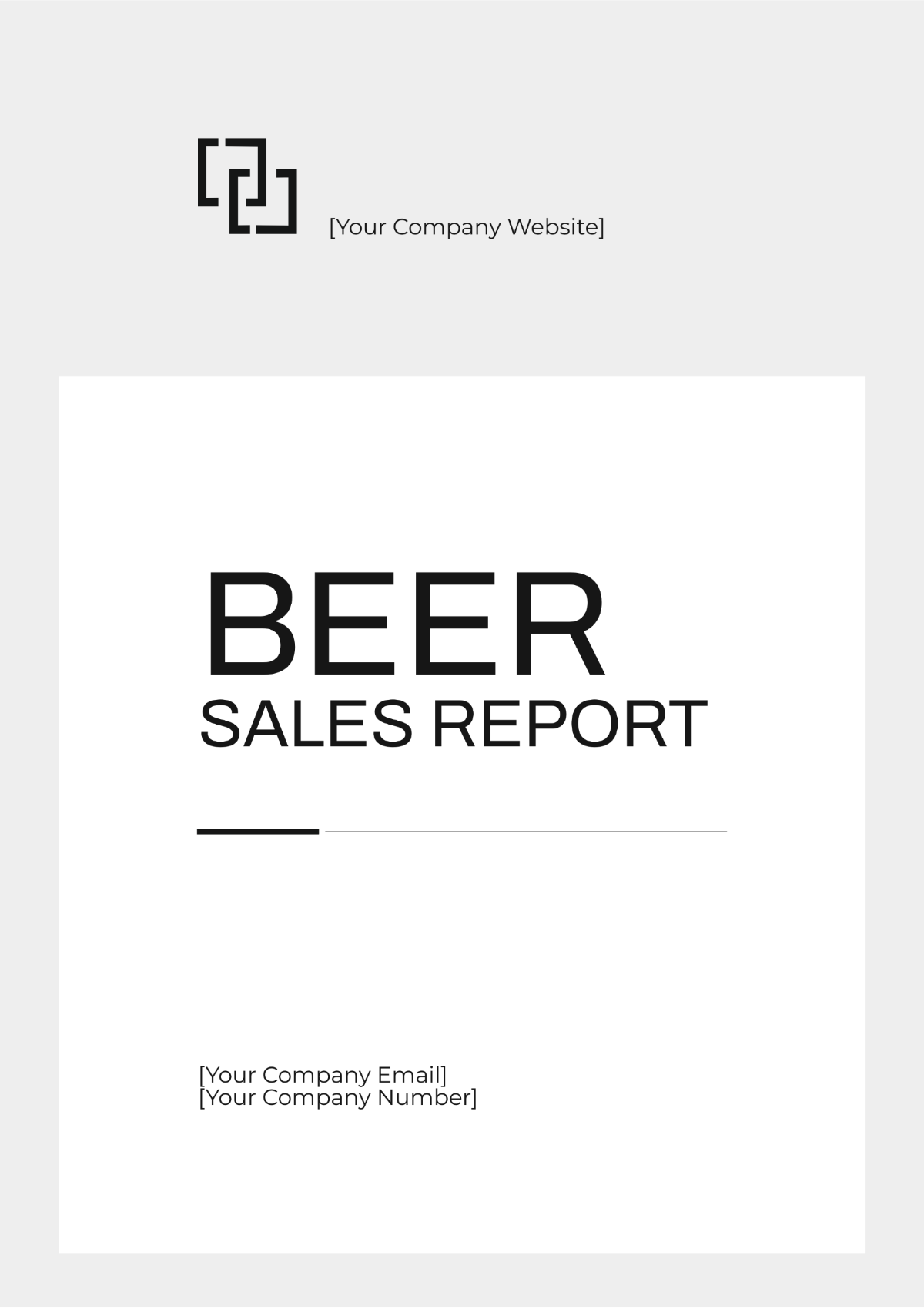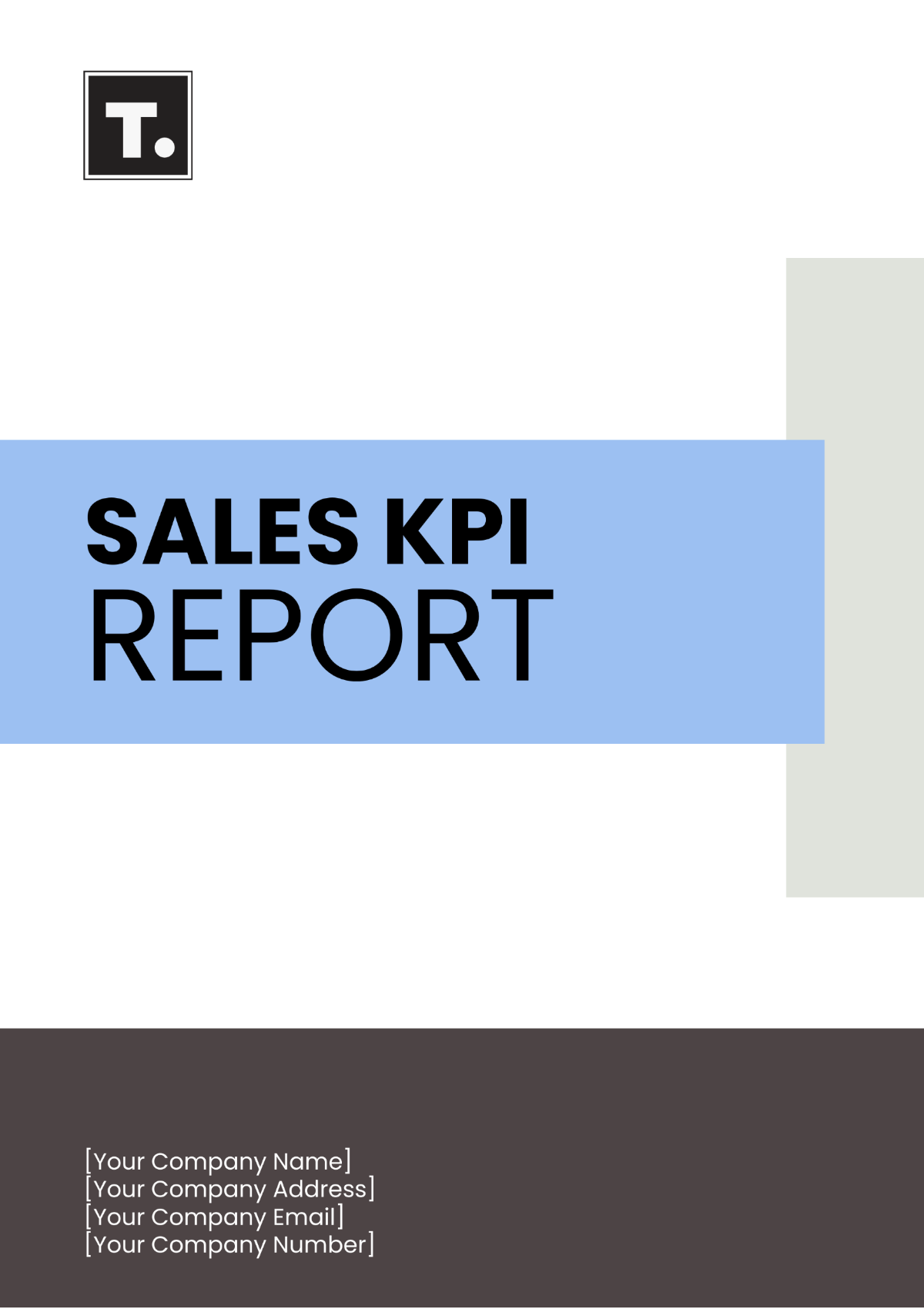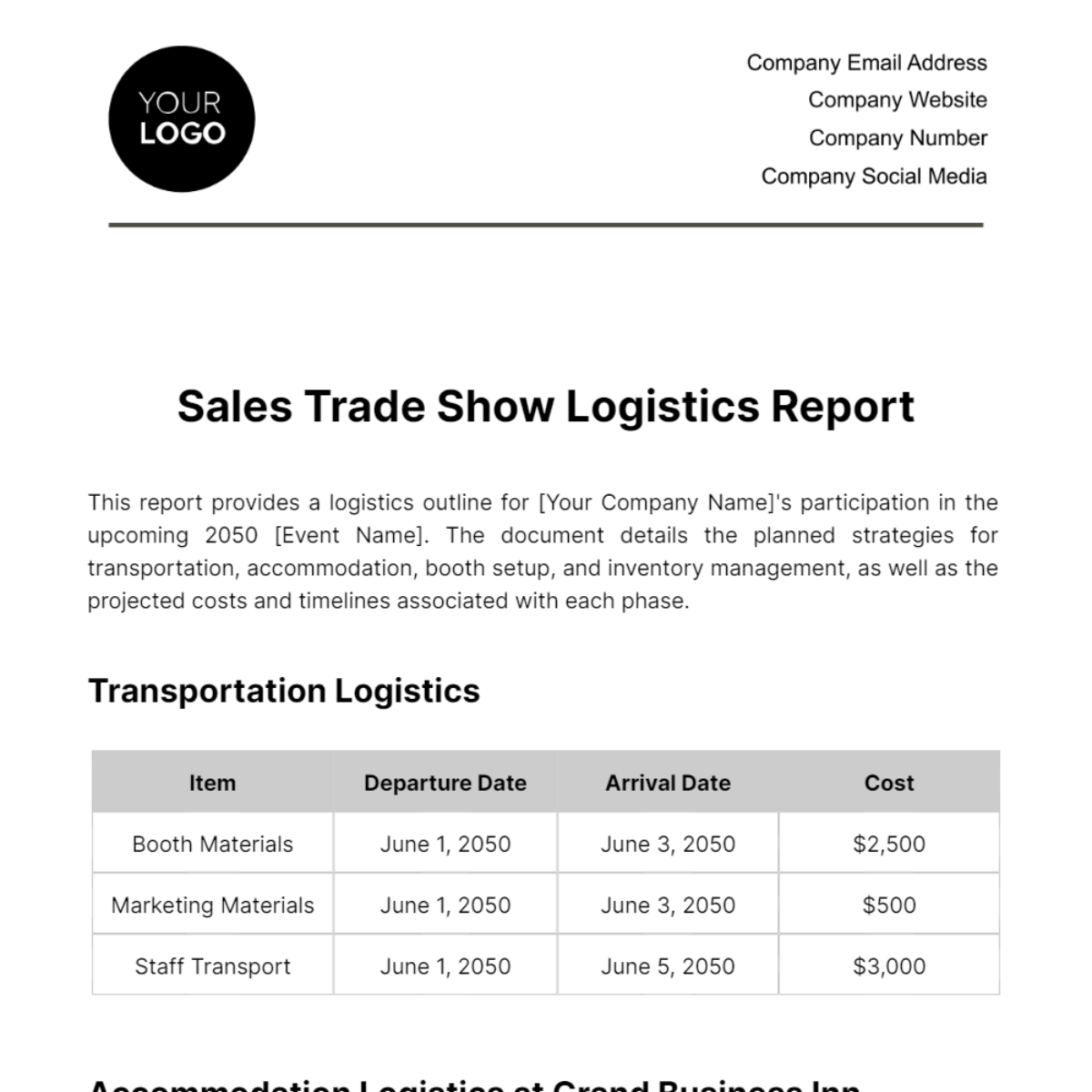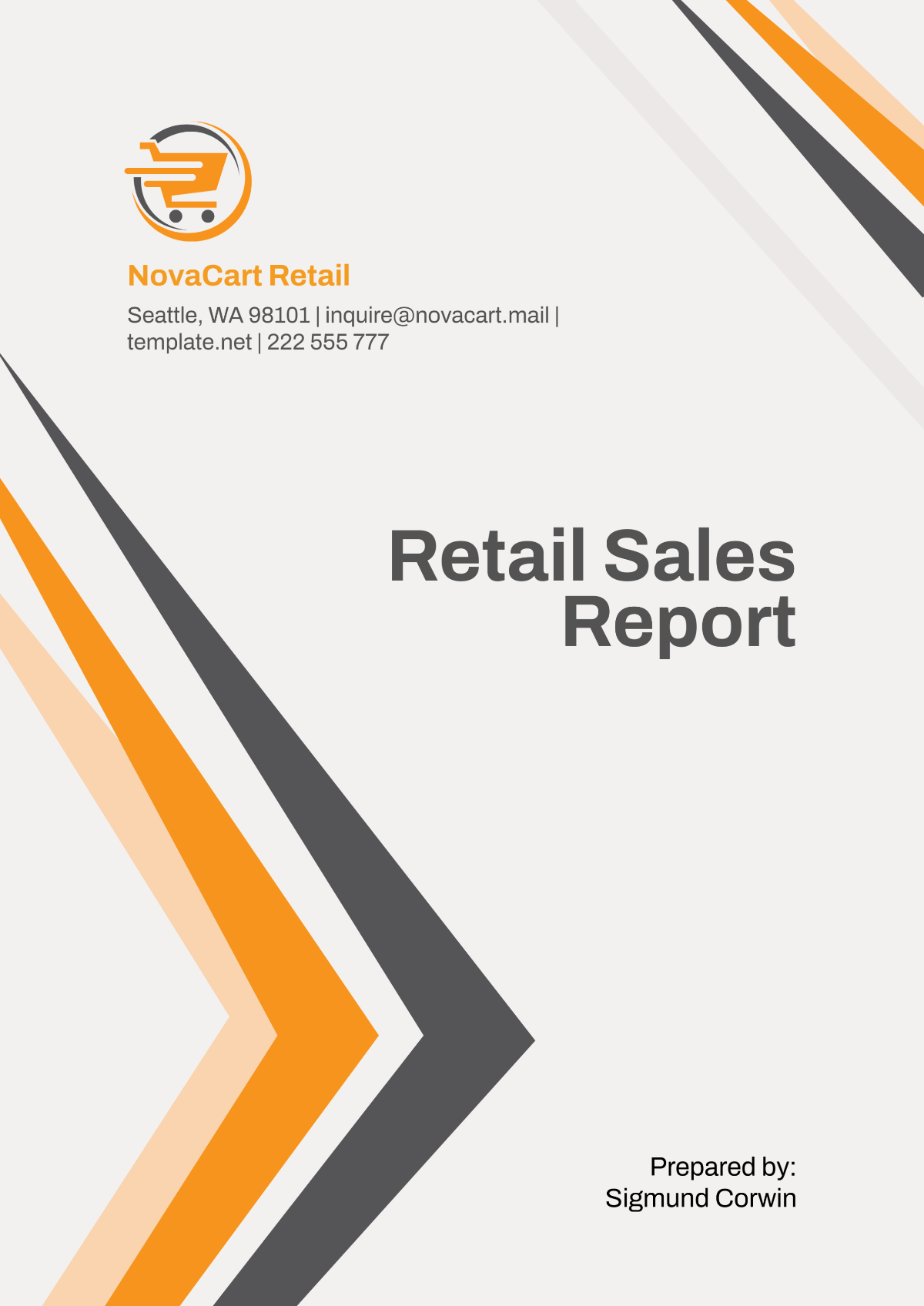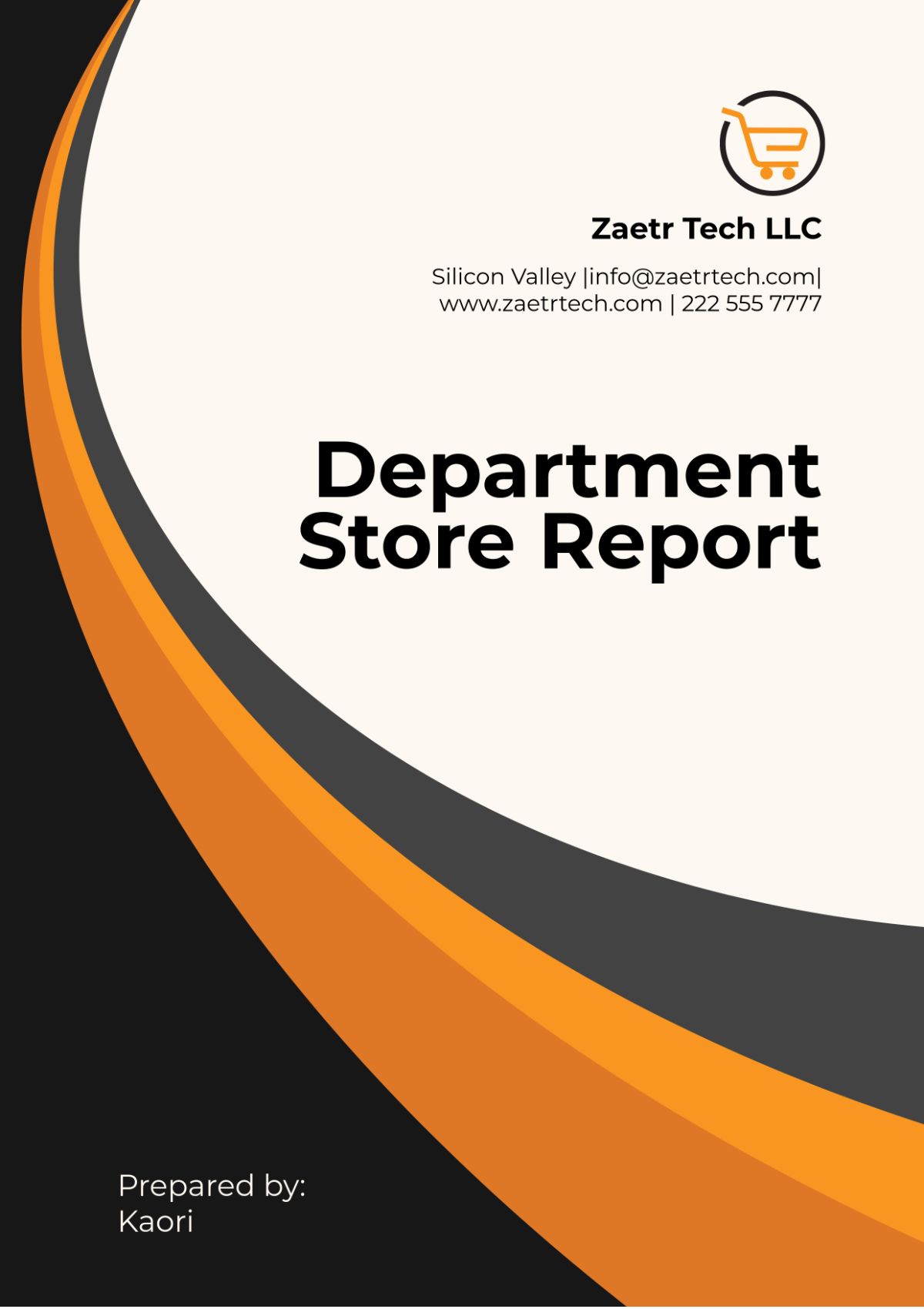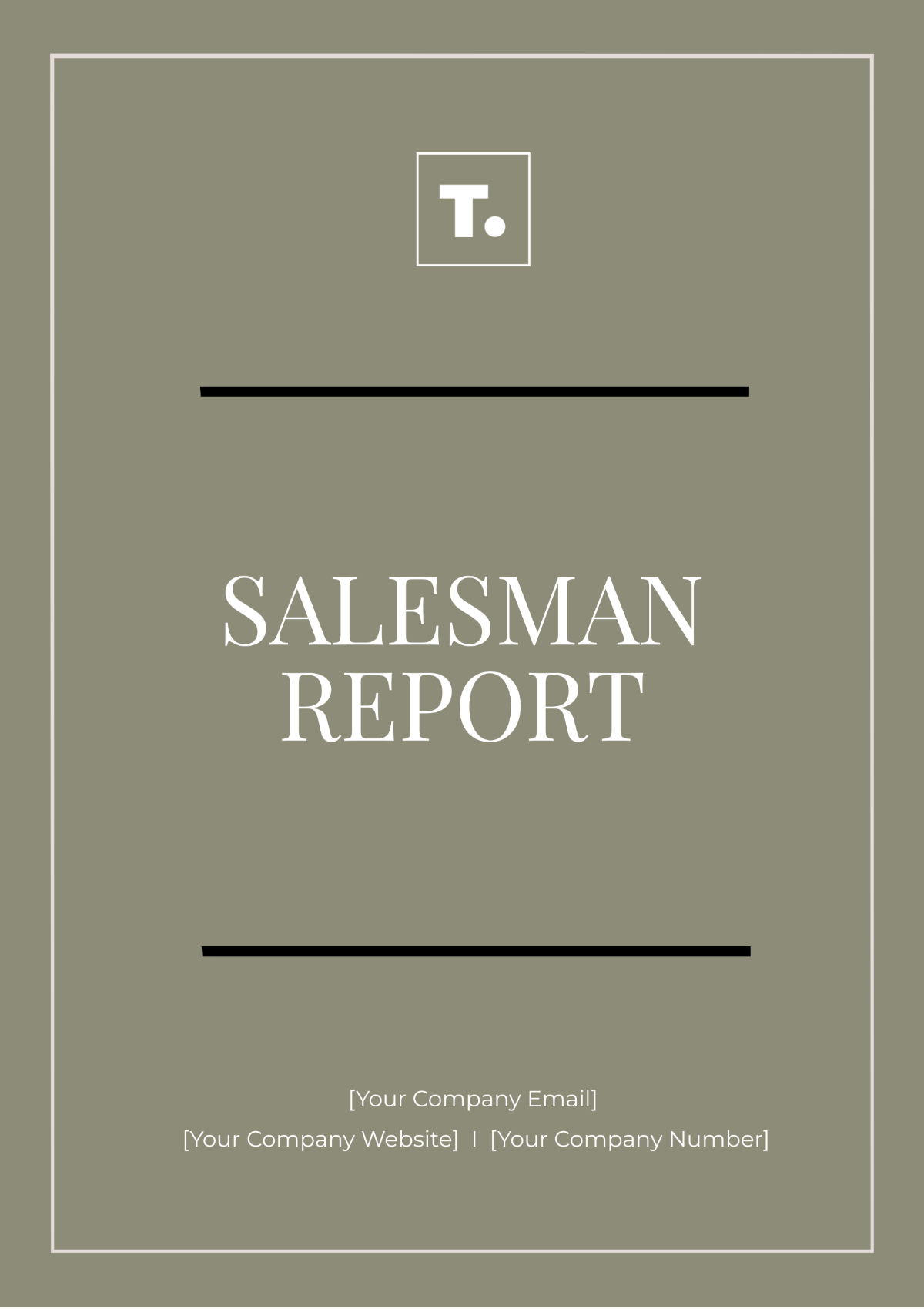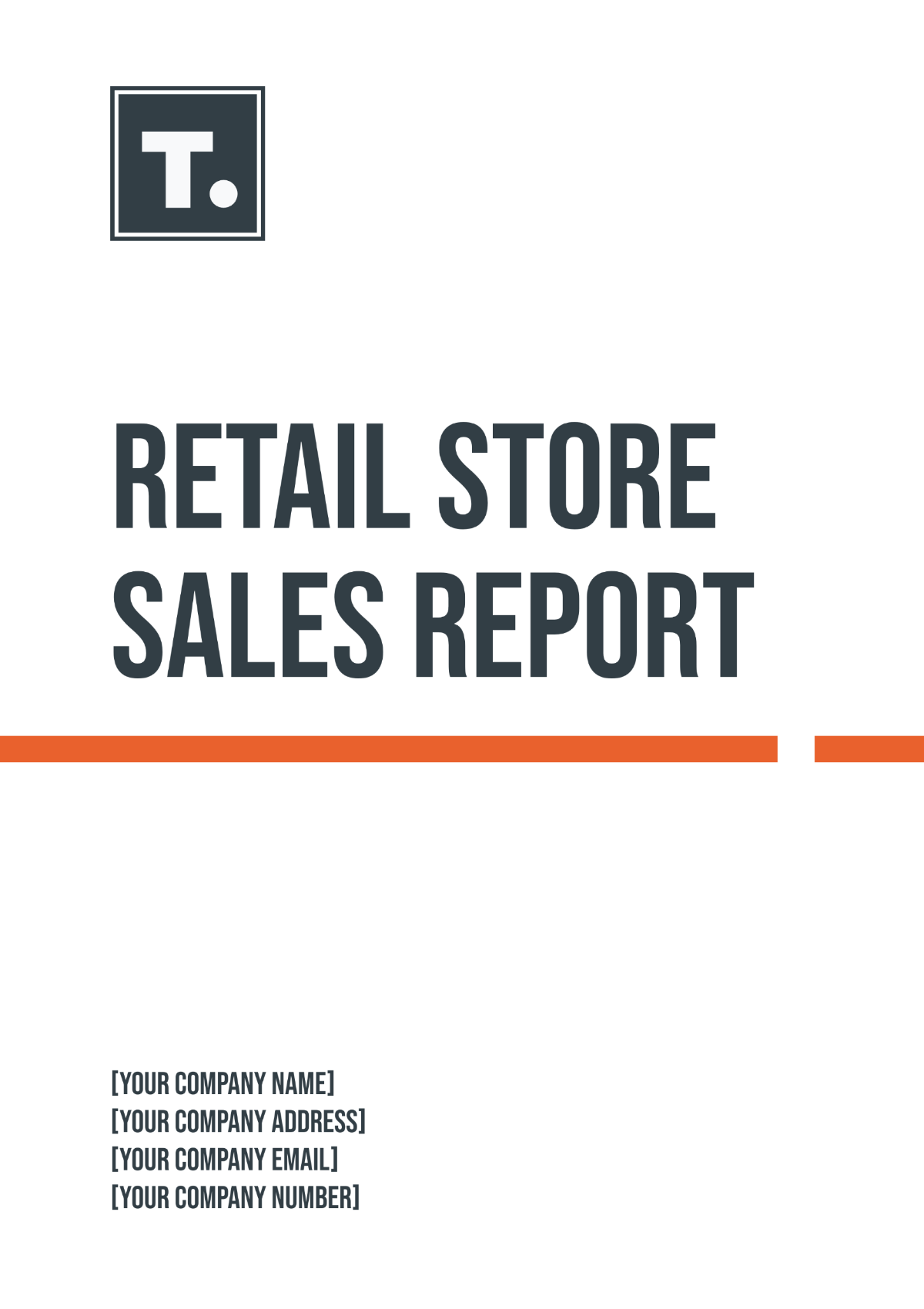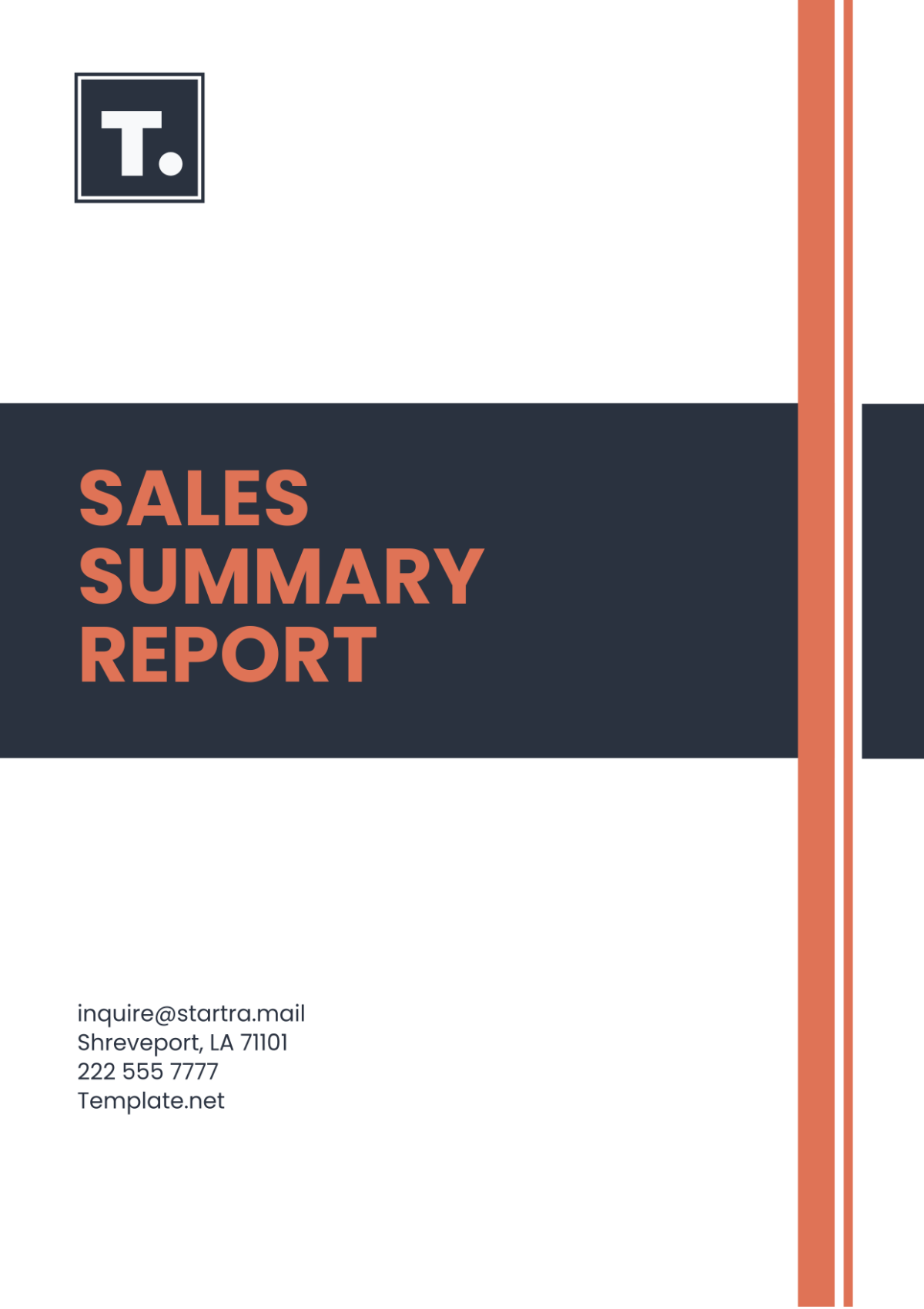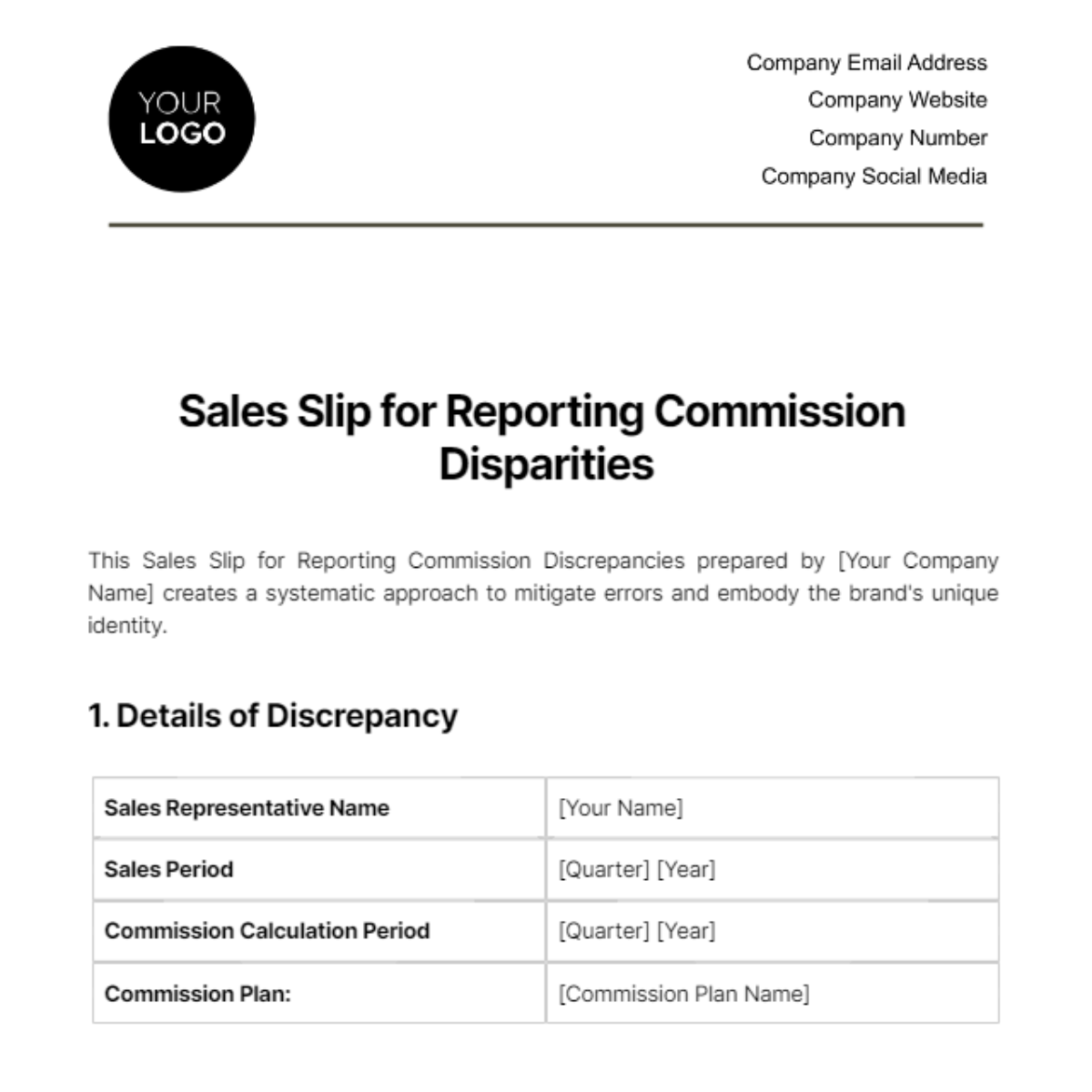Department Store Report
1. Introduction
The year 2050 marked another significant period of growth and evolution for [Your Company Name], positioning the company as a retail leader in a dynamic and rapidly changing market. By continuing to innovate and adapt to emerging trends, [Your Company Name] maintained its strong presence both in brick-and-mortar and e-commerce sectors. This report outlines the company’s financial performance, digital advancements, operational highlights, sustainability efforts, and outlook for 2051 and beyond.
1.1 Key Achievements
In 2050, [Your Company Name] reached several impressive milestones, showcasing its ability to thrive in a competitive market:
Total revenue reached [$5.6 billion], reflecting an increase of [8%] over the previous year.
Net profit rose to [$620 million], an improvement of [10%].
E-commerce expansion accounted for [30%] of total revenue, emphasizing the company’s successful digital transformation strategy.
The company opened [15 new stores], bringing the total store count to [420], with plans for further expansion in the coming years.
Customer satisfaction remained high, with an average rating of [4.8 out of 5].
Key Achievement | 2050 Data |
|---|---|
Total Revenue | [$5.6 billion] |
Net Profit | [$620 million] |
E-commerce Revenue | [$1.7 billion] (30%) |
New Stores Opened | [15] |
Customer Satisfaction | [4.8 out of 5] |
2. Financial Performance
2.1 Revenue Growth
In 2050, [Your Company Name] experienced significant revenue growth, reaching a total of [$5.6 billion], which represents an [8%] increase compared to the last year. This growth was driven by a strategic blend of in-store sales, e-commerce expansion, and product diversification.
In-store sales contributed [$3.9 billion] (or [70%] of total revenue). Despite the global trend of declining physical store traffic, [Your Company Name] maintained robust sales through effective in-store promotions, experiential retail strategies, and customer loyalty initiatives.
E-commerce sales continued to climb, generating [$1.7 billion] in revenue, which accounted for [30%] of total sales. This represents a [15%] growth in online sales, as consumers increasingly favored the convenience of online shopping.
Revenue Sources | 2050 Revenue | Percentage of Total Revenue |
|---|---|---|
In-store Sales | [$3.9 billion] | [70%] |
E-commerce Sales | [$1.7 billion] | [30%] |
Total Revenue | [$5.6 billion] | [100%] |
2.2 Profit Margins
The company’s profitability remained strong in 2050, reflecting its strategic focus on cost management and operational efficiency:
Gross profit margin stood at [52%], up from [50%] in the last year, largely due to improved sourcing strategies and optimized product pricing.
Net profit margin reached [11%], with net profits of [$620 million], a [10%] increase from 2049. The company maintained its focus on driving operational efficiency, keeping costs low, and maximizing revenue through strategic promotions and product line extensions.
Profitability Metrics | 2050 Value | Past Value |
|---|---|---|
Gross Profit Margin | [52%] | [50%] |
Net Profit Margin | [11%] | [10%] |
Net Profit | [$620 million] | [$560 million] |
2.3 Operating Expenses
Operating expenses in 2050 were tightly controlled, amounting to [$1.3 billion], or [23%] of total revenue. This was a slight increase from previous years due to investments in technology infrastructure and the expansion of store locations.
Employee training and development accounted for [$150 million], ensuring that store associates and customer service representatives were equipped to deliver exceptional service across all channels.
Technology investments reached [$250 million], reflecting the company’s focus on e-commerce platform enhancements, logistics improvements, and data analytics.
Operating Expenses | Amount | Percentage of Total Revenue |
|---|---|---|
Total Operating Expenses | [$1.3 billion] | [23%] |
Employee Training | [$150 million] | [3%] |
Technology Investments | [$250 million] | [4.5%] |
2.4 Cash Flow and Debt Management
In 2050, [Your Company Name] generated strong cash flow, amounting to [$700 million] in operating cash flow. This healthy cash position allowed the company to invest in further growth initiatives while maintaining a strong balance sheet:
Total debt was reduced to [$400 million], a [5%] decrease from the previous year, reflecting the company’s focus on maintaining financial health and reducing interest expenses.
Capital expenditures were [$350 million], primarily allocated to new store openings, remodeling of existing locations, and further development of the e-commerce infrastructure.
Cash Flow Metrics | 2050 Value |
|---|---|
Operating Cash Flow | [$700 million] |
Total Debt | [$400 million] |
Capital Expenditures | [$350 million] |
Looking ahead to 2051, [Your Company Name] is targeting a revenue increase of [8%] to [$6.05 billion], with further improvements in profitability as it continues to scale both in-store and online operations.
3. Digital Transformation and E-Commerce Expansion
In 2050, [Your Company Name] continued its aggressive expansion into the digital realm, responding to the growing trend of online shopping and the demand for a seamless, omnichannel experience. The company's e-commerce platform saw significant investments, resulting in a [15%] increase in online revenue.
3.1 E-Commerce Platform Enhancements
The company invested [$200 million] in upgrading its e-commerce platform, focusing on:
User experience improvements: Website speed increased by [25%], improving customer navigation and reducing cart abandonment rates. This resulted in a [10%] increase in conversion rates, showcasing the effectiveness of the enhancements.
Personalized shopping experience: Through data analytics and artificial intelligence (AI), the platform now offers personalized product recommendations to [85%] of online shoppers, resulting in a [10%] increase in average order value. This personalization strategy has proven essential in retaining customer loyalty and driving repeat purchases.
Seamless integration with physical stores: The introduction of a “buy online, pick up in-store” (BOPIS) option contributed to [40%] of online orders, providing customers with greater convenience and enhancing the overall shopping experience.
E-Commerce Enhancements | Investment | Impact |
|---|---|---|
User Experience | [$100 million] | [25% speed increase] |
Personalized Recommendations | [$50 million] | [10% increase in AOV] |
BOPIS Integration | [$50 million] | [40% of online orders] |
3.2 Mobile App Growth
The [Your Company Name] Mobile App played a crucial role in the company’s digital growth. In 2050, the app’s user base grew by [20%], with a total of [6 million] active users. Key features that drove this growth included:
Mobile-exclusive deals: Customers were able to access app-only discounts and flash sales, which accounted for [25%] of mobile app sales, attracting price-sensitive customers and increasing purchase frequency.
Loyalty program integration: The app now allows customers to track their rewards points, redeem offers, and receive personalized notifications based on their shopping habits, leading to a [15%] increase in loyalty program engagement.
Mobile App Metrics | 2050 Data |
|---|---|
Total Active Users | [6 million] |
Sales from Mobile App | [$500 million] |
Mobile-Exclusive Deals | [25% of sales] |
3.3 Future Plans for Digital Expansion
Looking towards 2051 and beyond, [Your Company Name] plans to further enhance its digital capabilities. The company will invest an additional [$250 million] in:
Augmented reality (AR) features: This will allow customers to virtually try on apparel and view furniture in their homes before purchasing, enhancing the shopping experience and reducing return rates.
Faster delivery options: Expanding same-day delivery to [50%] of the country’s metro areas by 2052, catering to growing consumer demand for rapid fulfillment. The company aims to streamline its logistics to achieve this goal, reducing operational costs in the process.
Future Digital Investments | Planned Investment | Key Goals |
|---|---|---|
Augmented Reality Features | [$150 million] | Enhance customer experience |
Faster Delivery Options | [$100 million] | Achieve same-day delivery |
4. Operational Highlights
4.1 Store Expansion and Remodeling
In 2050, [Your Company Name] continued its commitment to physical retail, successfully opening [15 new stores] across various regions. This expansion strategy was designed to strengthen the brand’s presence in high-potential markets.
The new stores were strategically located in urban areas with high foot traffic, targeting regions with growing populations and income levels.
Additionally, [Your Company Name] invested [$200 million] in remodeling existing locations to enhance the shopping environment. This included updating store layouts, improving signage, and incorporating more interactive displays to engage customers.
Store Expansion Metrics | 2050 Data |
|---|---|
New Stores Opened | [15] |
Total Store Count | [420] |
Investment in Remodeling | [$200 million] |
4.2 Employee Training and Development
Recognizing that employees are the backbone of retail success, [Your Company Name] allocated [$150 million] for employee training and development programs in 2050. This investment ensured staff members were equipped with the necessary skills and knowledge to provide exceptional customer service and support company initiatives.
Customer service training was enhanced, with [85%] of employees undergoing annual training, resulting in increased customer satisfaction scores.
Leadership development programs were introduced, preparing [100] employees for management roles, thus fostering internal talent and reducing turnover.
Employee Development Metrics | 2050 Data |
|---|---|
Training Investment | [$150 million] |
Employees Trained | [85% of staff] |
Management Trainees | [100] |
4.3 Supply Chain Improvements
[Your Company Name] made significant strides in optimizing its supply chain in 2050, which enhanced operational efficiency and reduced costs. Key improvements included:
Inventory management systems: Implementing advanced inventory management solutions allowed for real-time tracking and demand forecasting, reducing excess stock by [20%] and minimizing out-of-stock occurrences.
Sustainable sourcing: The company prioritized partnerships with eco-friendly suppliers, ensuring that [30%] of its products were sourced from sustainable practices, aligning with the company’s commitment to environmental responsibility.
Supply Chain Metrics | 2050 Data |
|---|---|
Excess Stock Reduction | [20%] |
Sustainable Products Sourced | [30% of total products] |
5. Sustainability Initiatives
5.1 Environmental Responsibility
In 2050, [Your Company Name] intensified its efforts to minimize environmental impact and promote sustainable practices. The company set ambitious goals to achieve carbon neutrality by 2060. Key initiatives undertaken included:
Energy-efficient stores: Over [100] locations were upgraded with energy-efficient lighting and HVAC systems, reducing overall energy consumption by [15%].
Waste reduction programs: Implementing comprehensive recycling initiatives reduced waste sent to landfills by [25%], highlighting the company’s commitment to responsible waste management.
Sustainability Metrics | 2050 Data |
|---|---|
Energy Consumption Reduction | [15%] |
Waste Reduction | [25%] |
Upgraded Stores | [100] |
5.2 Community Engagement
[Your Company Name] is dedicated to giving back to the communities it serves. In 2050, the company invested [$50 million] in community engagement programs that focused on:
Local partnerships: Collaborating with local businesses and organizations to foster economic growth and create job opportunities in the community.
Educational initiatives: Supporting local schools and educational programs by donating resources and funding scholarships for students pursuing careers in retail and business.
Community Engagement Metrics | 2050 Data |
|---|---|
Community Investment | [$50 million] |
Local Partnerships | Numerous partnerships established |
Scholarships Funded | Various students supported |
6. Customer Engagement and Loyalty Programs
6.1 Loyalty Program Success
In 2050, [Your Company Name] focused heavily on enhancing its loyalty program, which saw a remarkable [12%] increase in membership, reaching a total of [3 million] loyal customers. This growth can be attributed to several key strategies:
Personalized offers: Utilizing data analytics, the company provided customized discounts and promotions based on individual shopping behaviors. This resulted in a [15%] increase in repeat purchases from loyalty members.
Exclusive events: Hosting exclusive shopping events and early access to sales for loyalty members created a sense of community and appreciation among customers.
Loyalty Program Metrics | 2050 Data |
|---|---|
Total Members | [3 million] |
Increase in Membership | [12%] |
Increase in Repeat Purchases | [15%] |
6.2 Customer Feedback and Improvement
The company placed great emphasis on customer feedback, actively seeking input to improve service and product offerings:
A customer satisfaction survey was distributed, garnering responses from over [50,000] customers. The feedback highlighted key areas for improvement, which were prioritized in 2051 planning.
Implementation of a real-time feedback system in stores allowed employees to respond immediately to customer concerns, enhancing the overall shopping experience.
Customer Feedback Metrics | 2050 Data |
|---|---|
Survey Responses | [50,000] |
Real-time Feedback System | Implemented in all stores |
7. Outlook for 2051 and Beyond
Looking ahead, [Your Company Name] is focused on maintaining its leadership position in the retail market by continuing to innovate and expand. Key goals for 2051 include:
Revenue growth of [8%], with a target of [$6.05 billion]. This growth will be supported by the continued focus on digital expansion and enhancing customer experiences across all channels.
Further digital expansion, including the introduction of augmented reality features and faster delivery options, to meet evolving consumer demands and preferences.
Store expansion, with plans to open an additional [20 stores] by 2052, while continuing to enhance existing locations. This expansion will be strategically targeted to high-growth areas to maximize revenue potential.
Sustainability goals, aiming to achieve carbon neutrality by 2060 and further reduce waste and energy consumption. The company will prioritize sustainable practices in every aspect of its operations, reinforcing its commitment to environmental responsibility.
Future Goals | 2051 Target |
|---|---|
Revenue Growth | [8% to $6.05 billion] |
New Stores | [20] |
Carbon Neutrality | [By 2060] |
In summary, [Your Company Name] demonstrated resilience and adaptability in 2050, navigating challenges while seizing opportunities for growth. By focusing on digital transformation, sustainability, and customer engagement, the company is well-positioned for continued success in the coming years.

